The Days Ahead
- 5.6
- Drama
- 2025
- 1h 37m
- 14+
a gripping British indie drama by Terry Winnan that weaves three interconnected stories of ordinary people confronting a sudden nuclear explosion. Through the warehouse workers, suburban family and civil defence father-daughter duo, the film examines survival, fear and the human choices made when the world changes overnight.



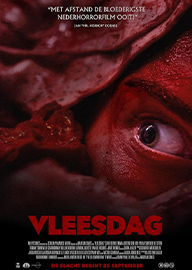
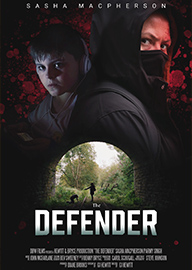
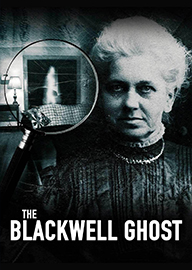
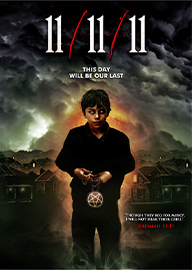
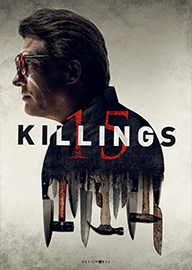


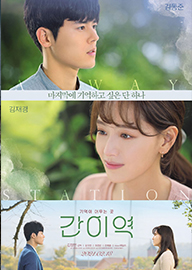
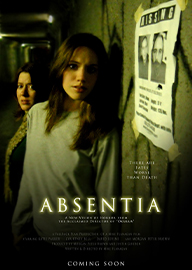
Comments
0Reviews
0Summery
1Please sign in to comment.
Please sign in to review.
In The Days Ahead the screen opens almost without warning on a sky gone dim above a quiet British town. Writer-director Terry Winnan frames the world not in wide sweeping disaster sequences but in the hush of everyday life that suddenly confronts the unimaginable. We begin with Paul, a warehouse worker among many, who on a routine shift hears the siren and the crackle of an alert system. The tone shifts imperceptibly from ordinary day into the deepening hush of emergency. Anxiety ripples across faces, the hum of equipment ceases, phones flicker. No grand speeches, no dramatic build-up: just the moment when survival becomes the only question. The film’s first segment focuses on this group — blue collar, unprepared, caught between instructions and instinct — and as the nuclear detonation occurs not in spectacle but as a distant thunder that draws them inward to the storage rooms, the camera lingers on the unspoken. What do you do when the planet you knew vanishes from beneath your feet? Paul and his colleagues search for answers in corridors, stairwells, rustling boxes of supplies. Conflict arises not from monsters but from fear itself: the fear of getting it wrong, of being overlooked, of being the weak link. As communications fail and daylight fades, survival becomes as much about relationships as resources — who you trust, who you help, who you leave behind. By the end of this segment we feel the world has shifted irrevocably; what was safe is now a memory, and the warehouse becomes both prison and refuge.
The second thread begins with Sarah and her partner in a suburban home. The early scenes speak of morning routines, caffeine, a dog barking, children heading to school. Then the bomb. And everything changes. The house loses power, the windows betray nothing, the garden is silent. When they decide to flee they find the roads clogged, panic in faces, the broadcast warnings behind them. They navigate quarter-lit highway corridors, the green signs washed out by ash. Along the way they pick up Suzy, an elderly woman with a tattered suitcase and a cat. In this journey we see the moral tensions of the crisis: Sarah must go on instinct, her partner must weigh risk and responsibility, Suzy must face the frailties of age in a world where help is gone. The trio make for a distant evacuation centre, only to find chaos, empty beds, broken triage tents. The film doesn’t promise resolution; instead it offers the exhaustion of hope deferred. Sarah debates staying to save a neighbour versus continuing toward safety, the cat wanders off the vehicle while alarms flash overhead. At one point they stop for water and find a truck abandoned on the roadside, its driver collapsed from panic. The camera holds a long take of Sarah drinking from a bottle, her reflection in the liquid hazy-toned, as ash drifts in the air like snow. The Days Ahead shows what happens after the blast not in big explosions but in the silence of waiting, the creeping sense of time stretching and compressing, the way one decision echoes into the unknown.
The final storyline converges around Tom, a father figure working at a civil defence unit whose job it was to prepare for this possibility but never to live it. He reviews maps marked “Shelter A”, “Shelter B”, corridors of bunkers meant to hold humanity’s hope. When the alert comes his unit goes dormant, the bunkers locked, resources diverted. He moves home to his teenage daughter, Lily, and they watch the television crawl with headlines. They hear the distant rumble, the shutter of windows, the tremor in the air. In the bunker Tom cannot stay — he chooses to stay with Lily instead, in the world outside, because he realises that the cost of protection is the cost of connection. They walk through the wrecked ruins of city suburbs, debris still lingering, the smell of ozone in the air, the whisper of radiation warnings on abandoned radio stations. Lily picks up a teddy bear half-buried in the street, and Tom takes her hand. He offers no words of solace; there are none that can make this normal. But he offers presence. The film slows here, not to show heroism, but to show endurance. When they sleep in the dark, under quilts, with fallout passing overhead, the shot lingers on Lily’s breathing, on Tom’s worn face, on what it means to keep a promise of safety when all around you safety has left. As dawn arrives — uncertain, grey-tinged — the film doesn’t declare victory. It whispers possibility. The Days Ahead leaves us with the idea that survival is the faintest of sparks, that community matters, that rebuilding begins in the spaces between fear and hope.
Across these three arcs, The Days Ahead becomes less about spectacle and more about the human scale of catastrophe: the shifting of roles, the unraveling of routine, the recalibration of identity when the maps you trusted vanish. Winnan uses handheld cameras, natural light, unembellished sound design to keep the story grounded. The absence of sweeping special effects forces the viewer to lean in, to listen to the hum of the generator, to feel the weight of someone’s exhaustion, the uncertainty in their eyes. The film prompts a simple but haunting question: what do you do when tomorrow is not promised? And instead of giving answers it quietly watches its characters grapple with that question. The Days Ahead is not an action thriller; it is a quiet meditation on the fragility of world order and the resilience of ordinary people. In its sober tone it suggests that the real apocalypse isn’t the flash of the explosion, but the silence that follows.